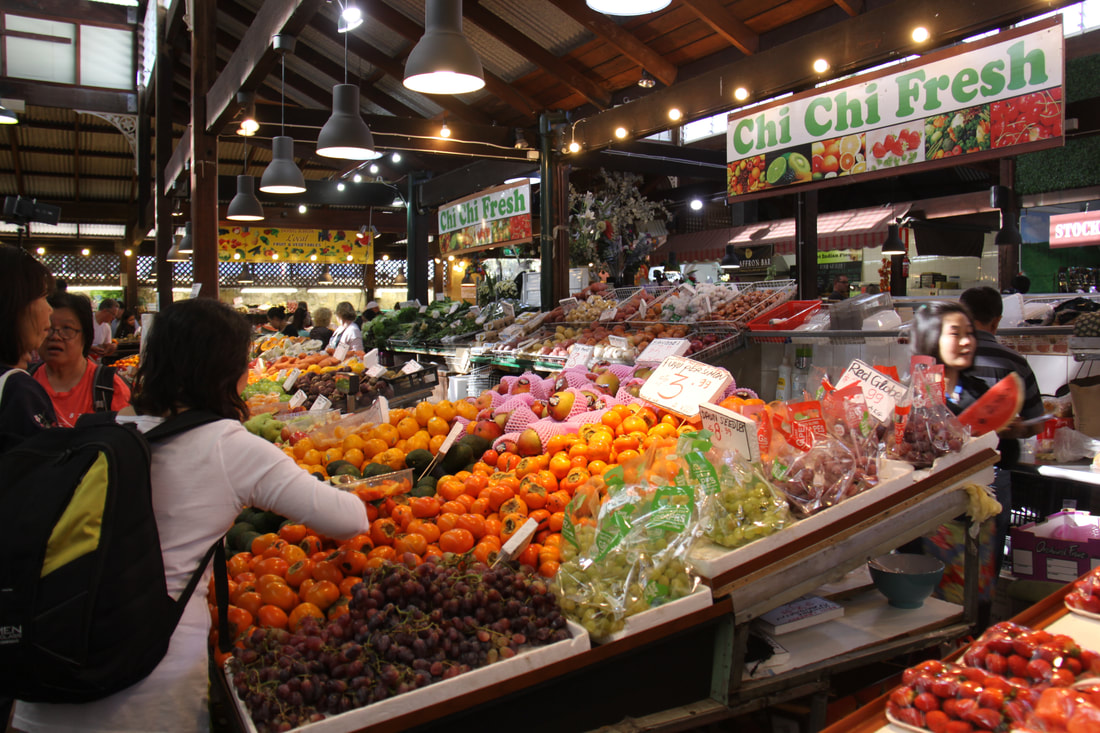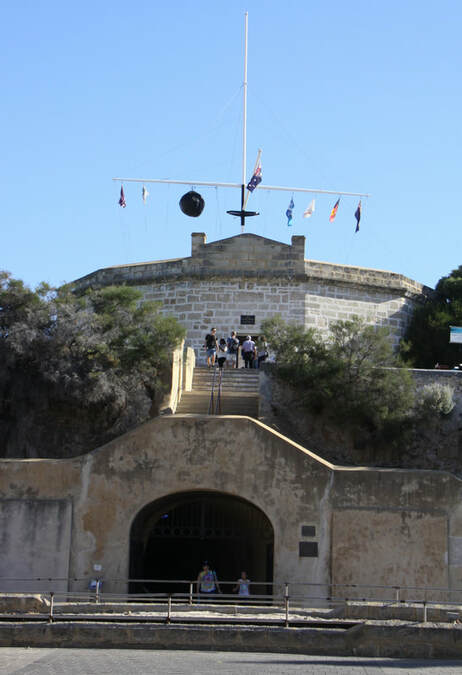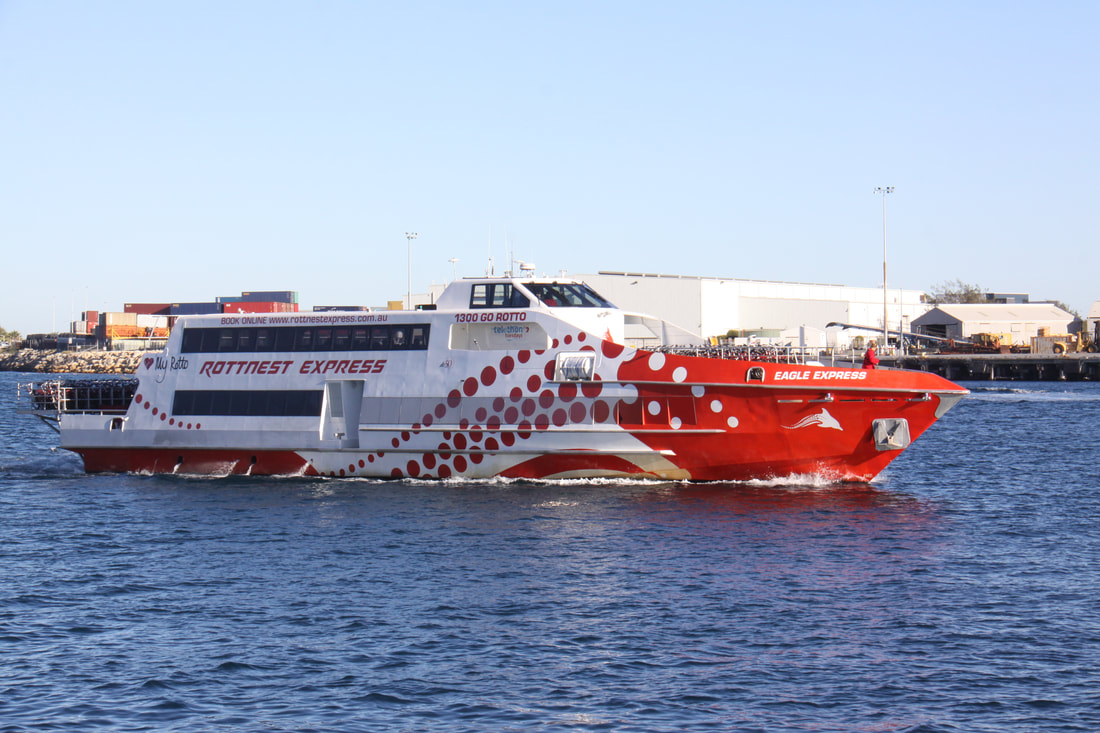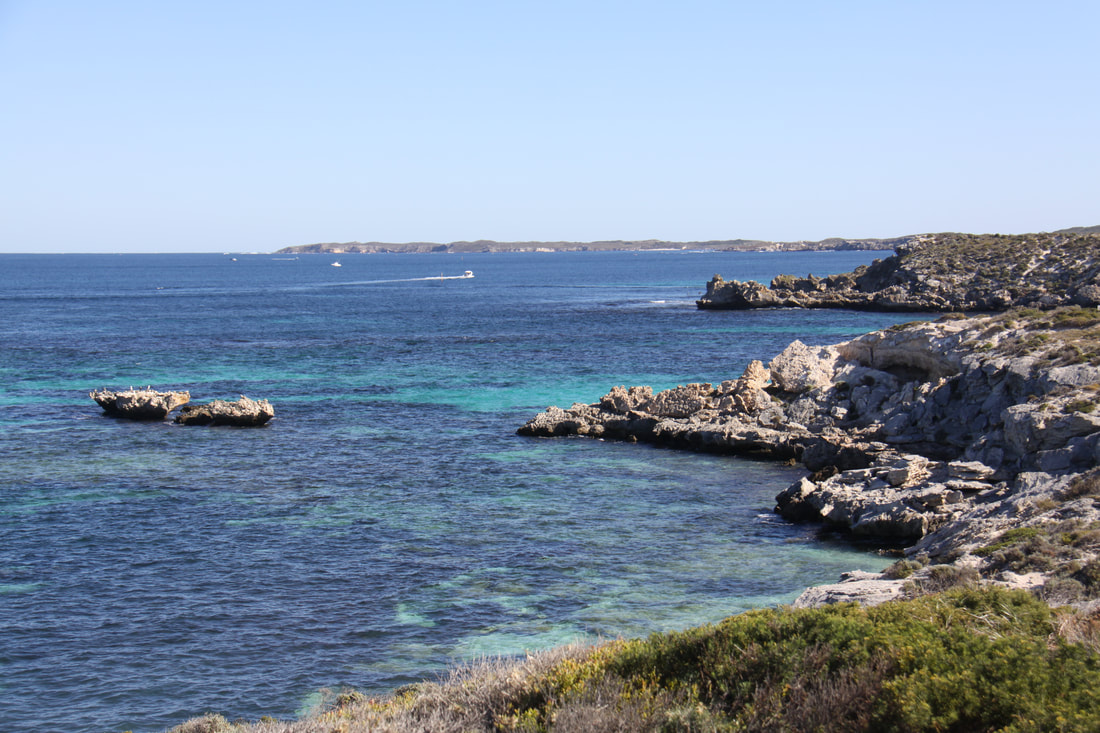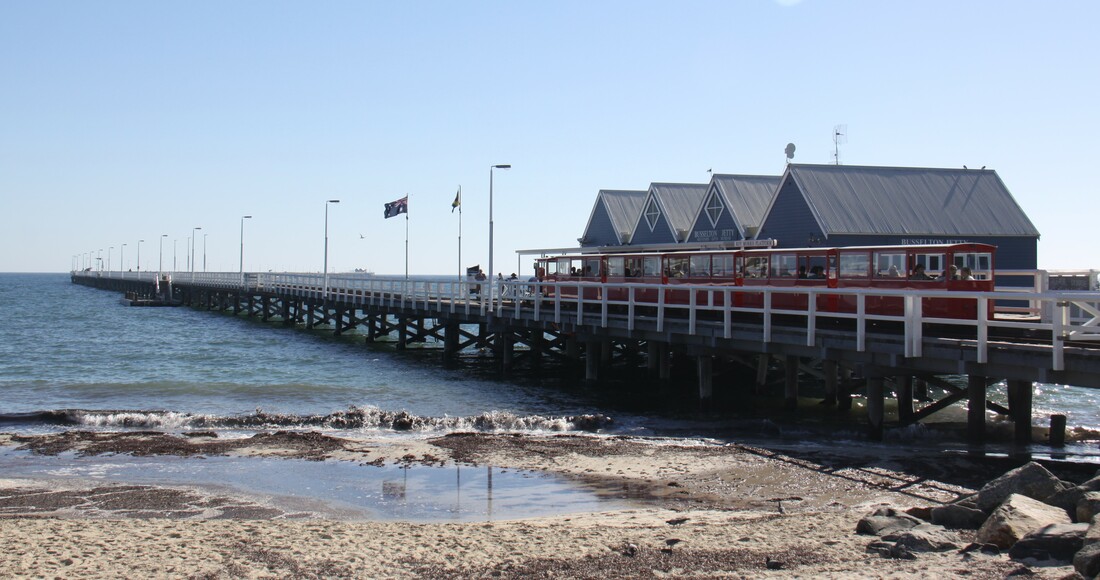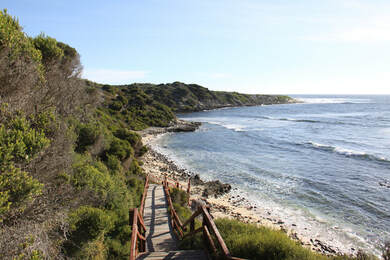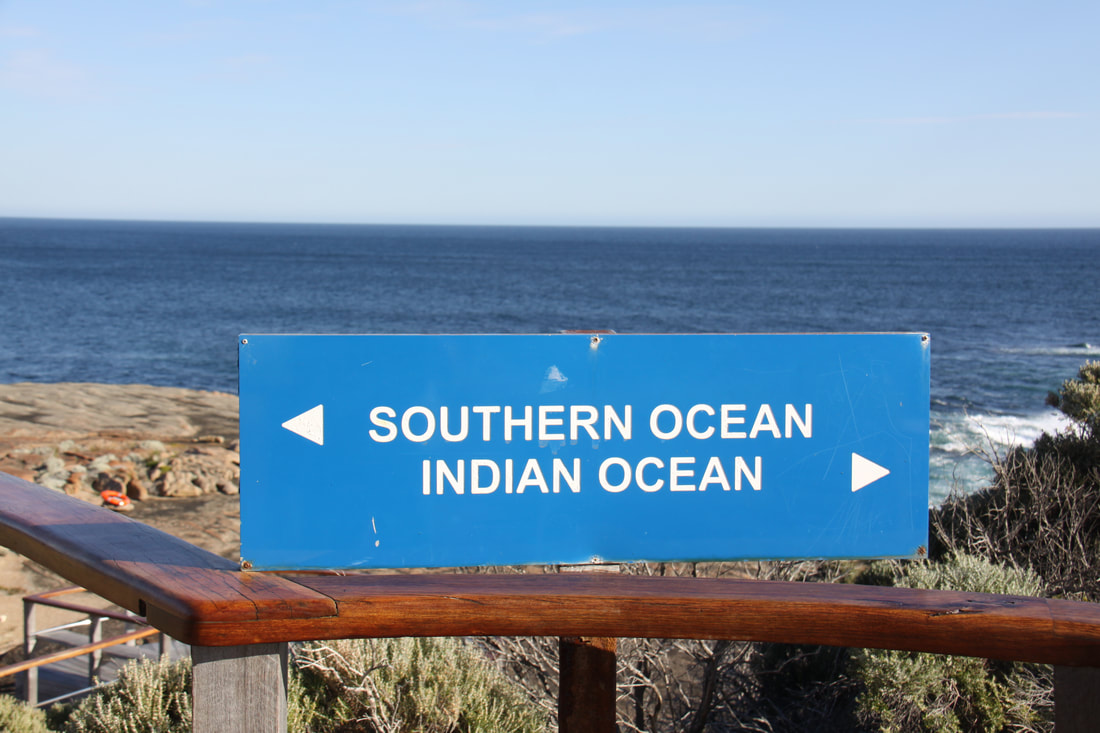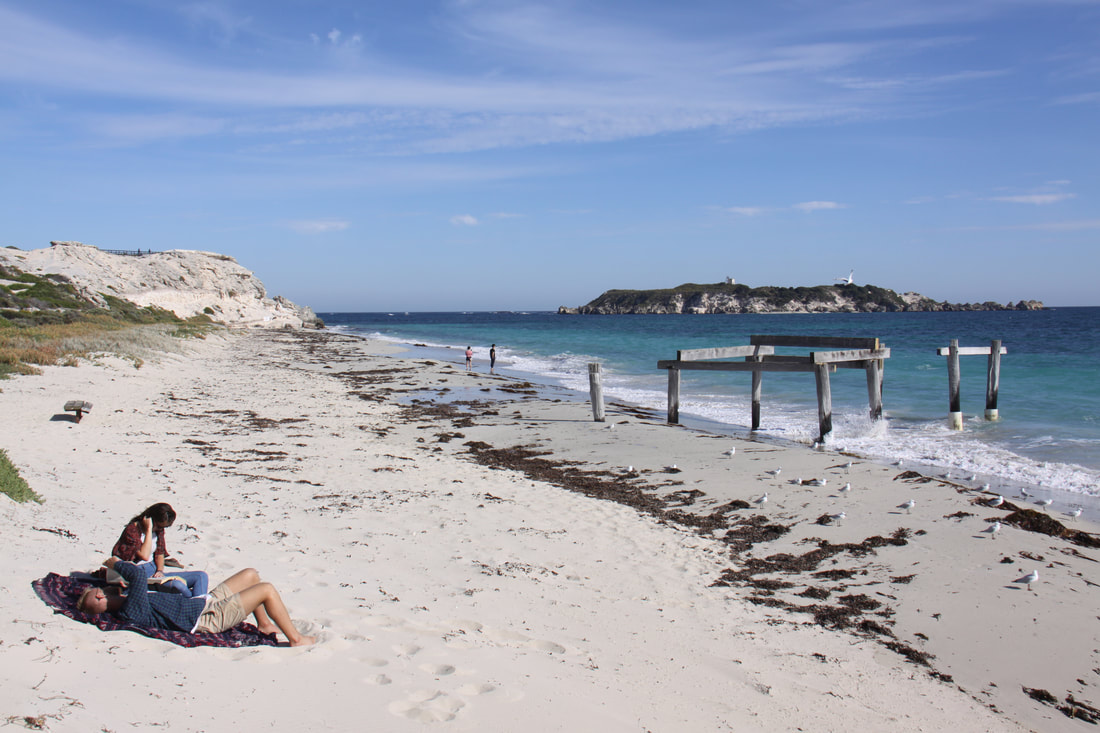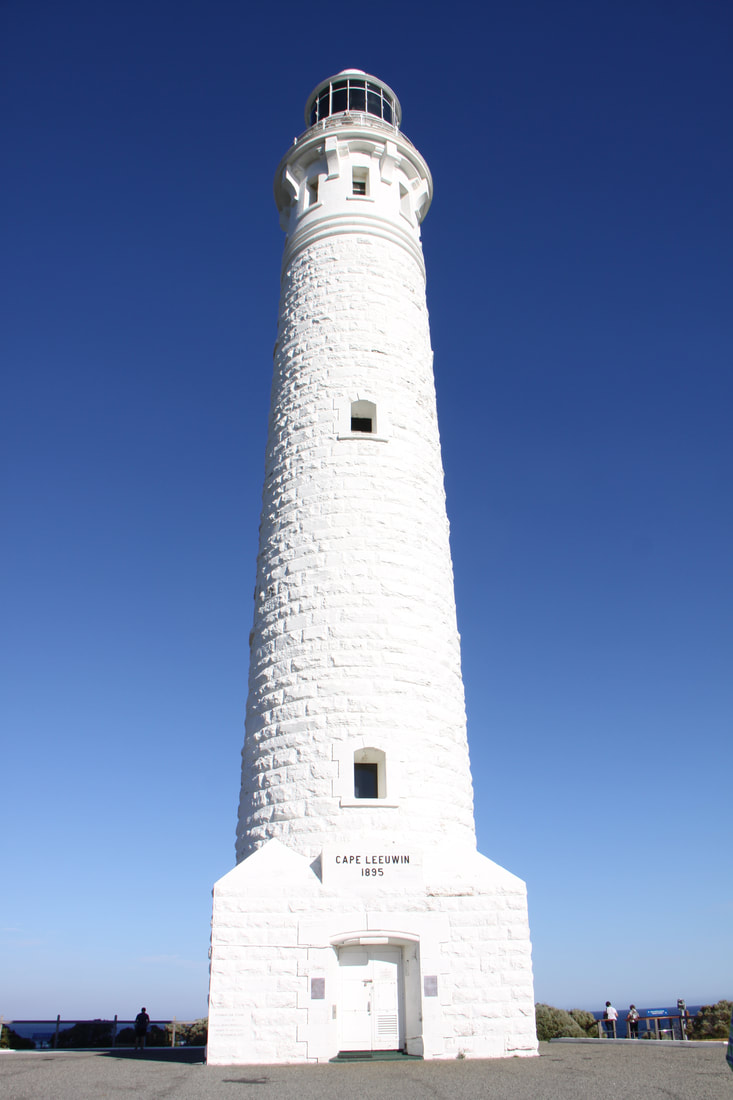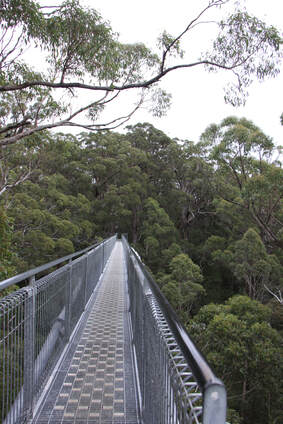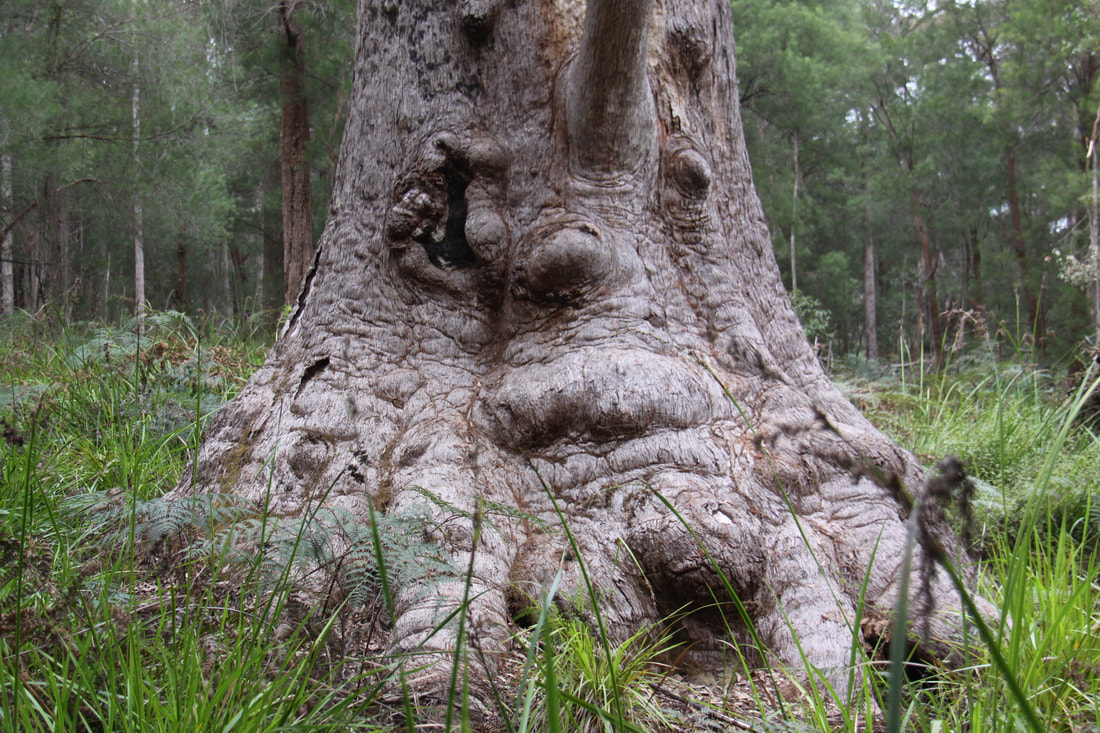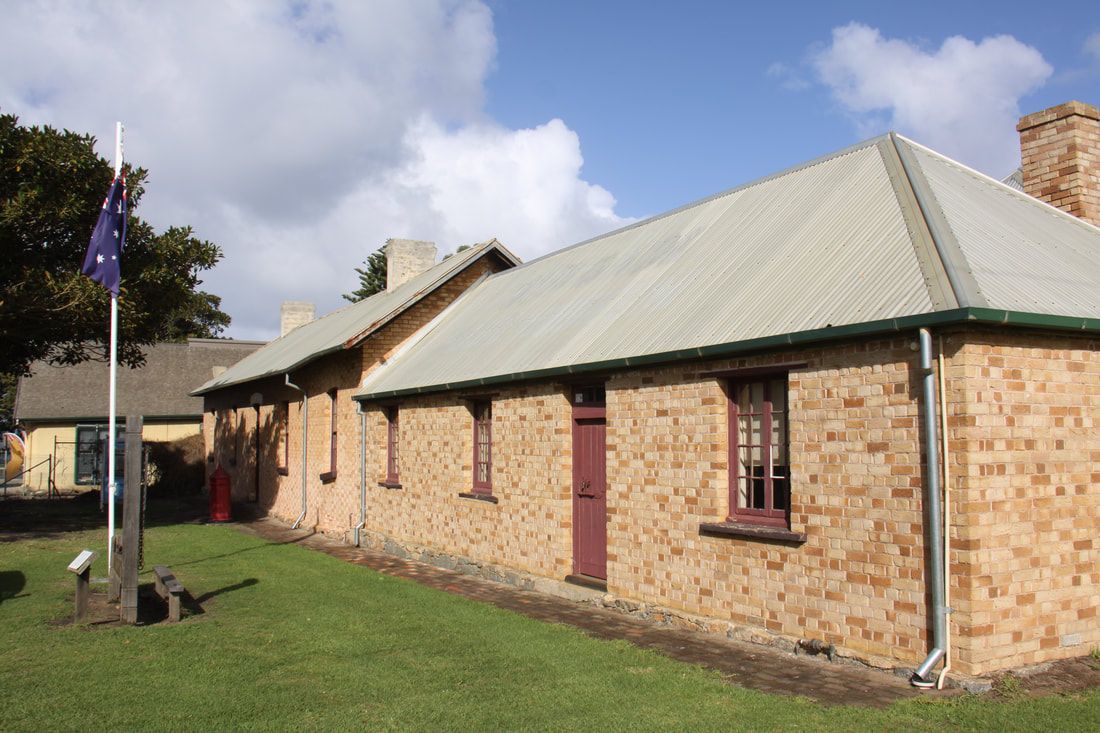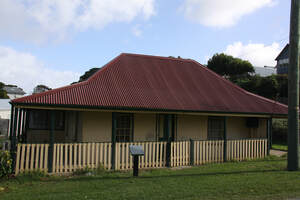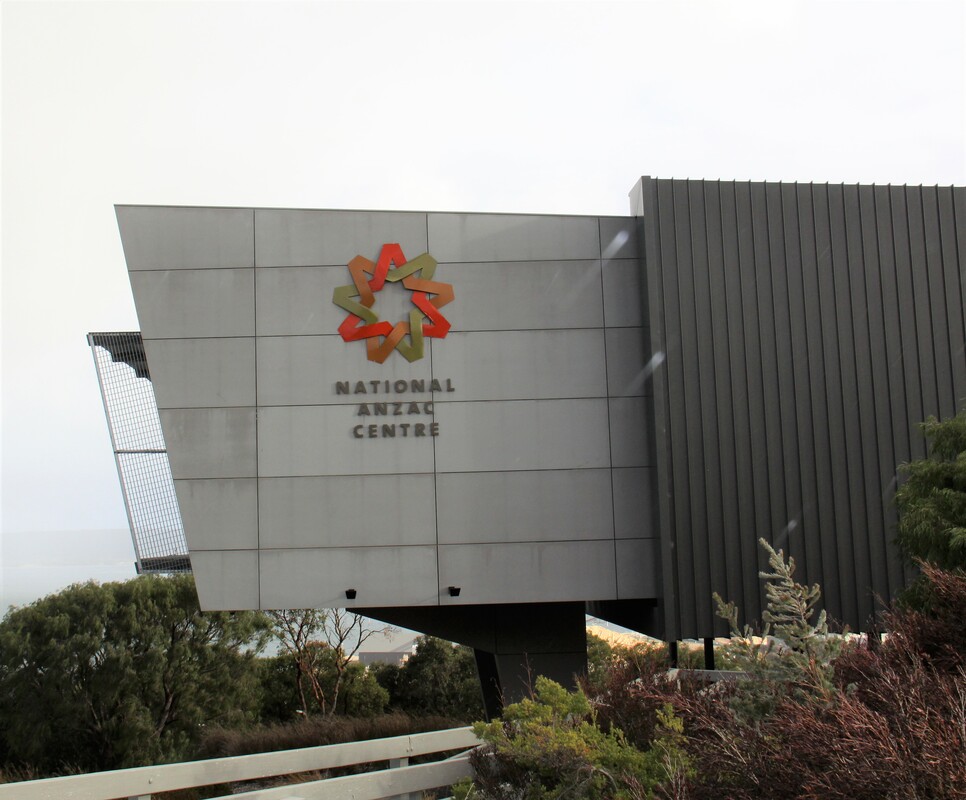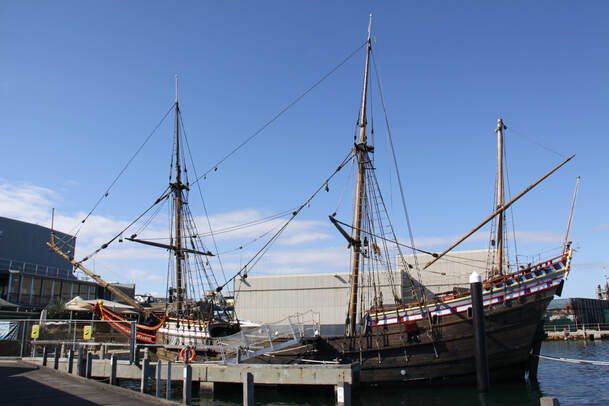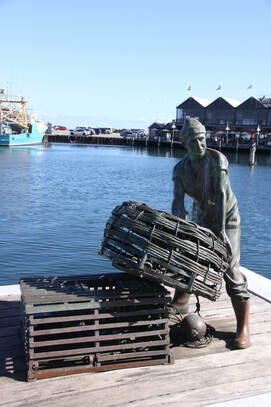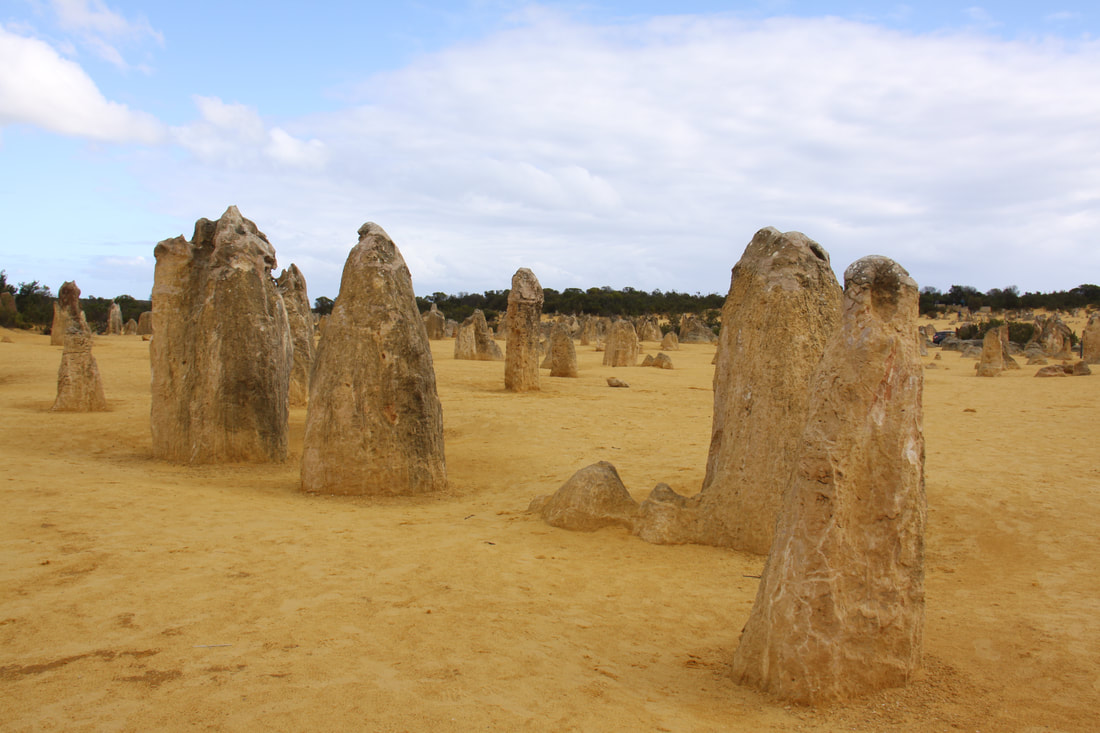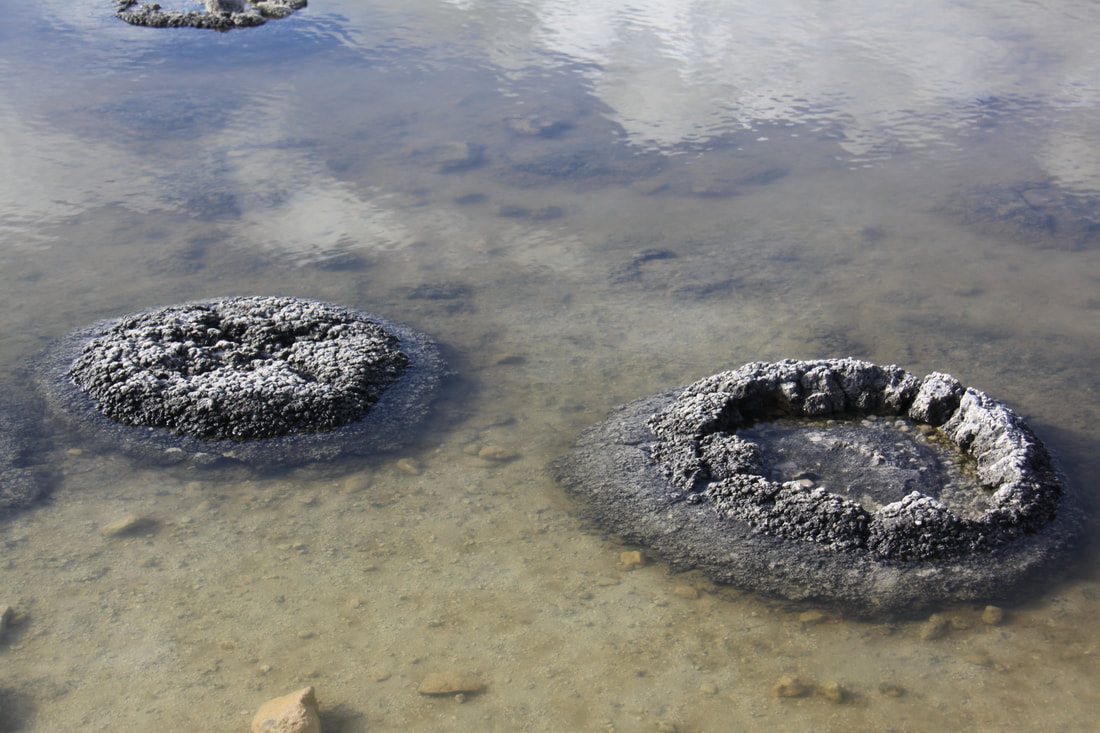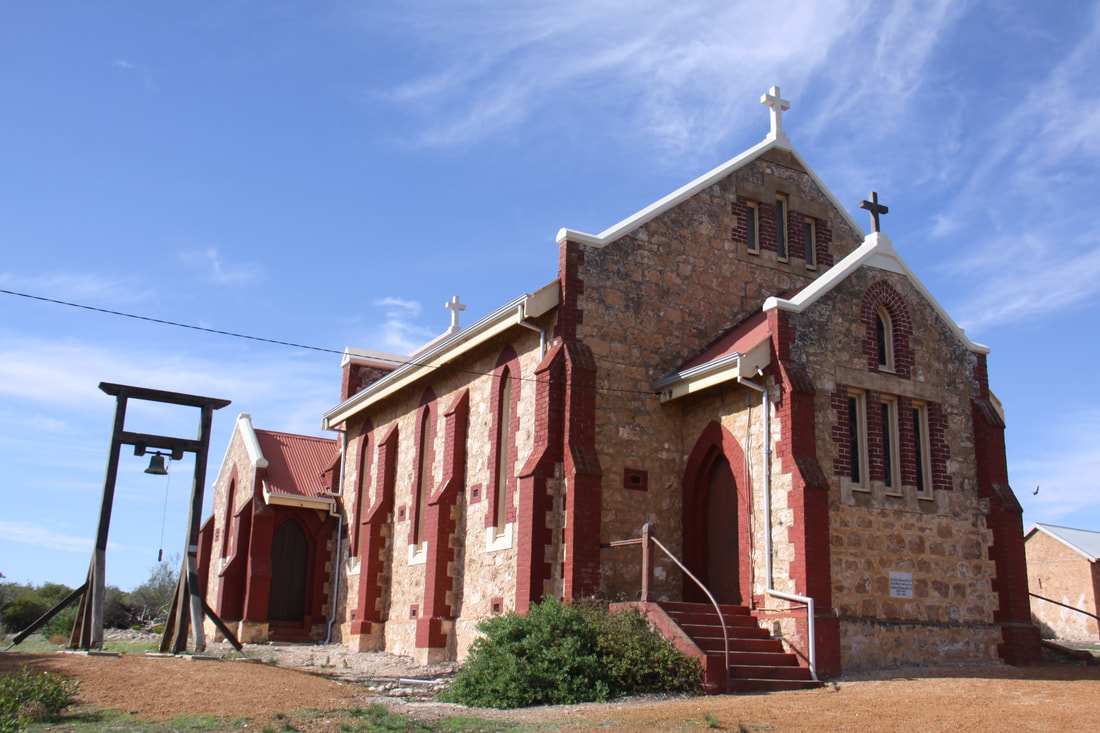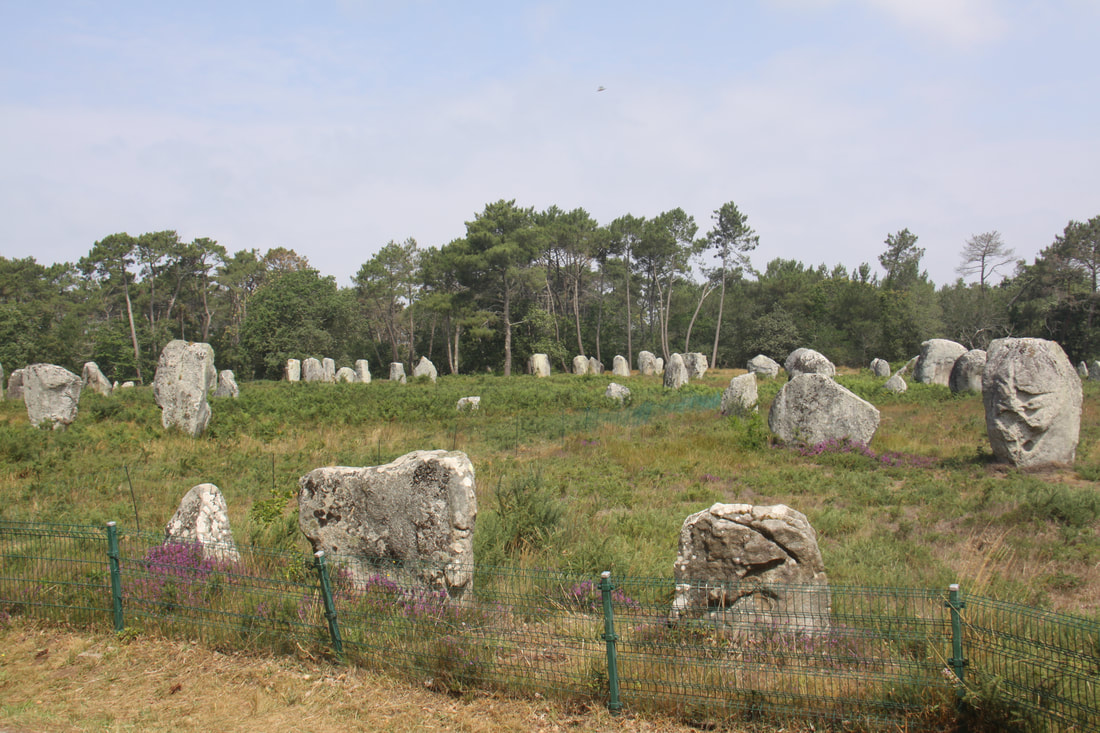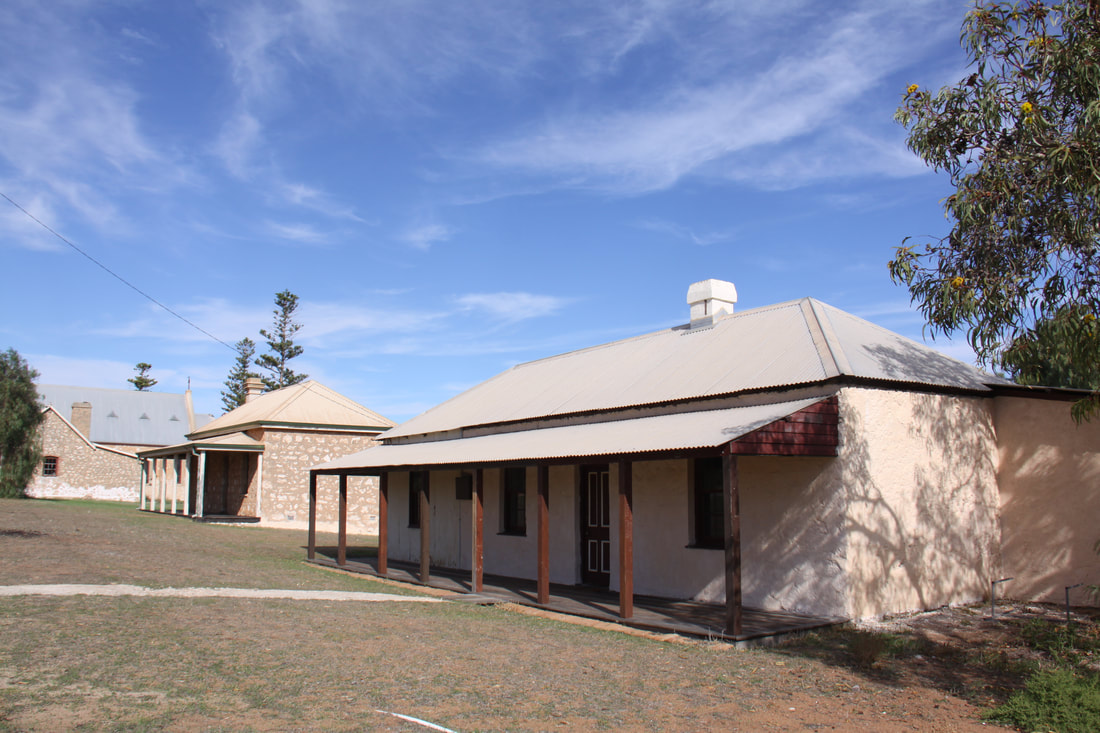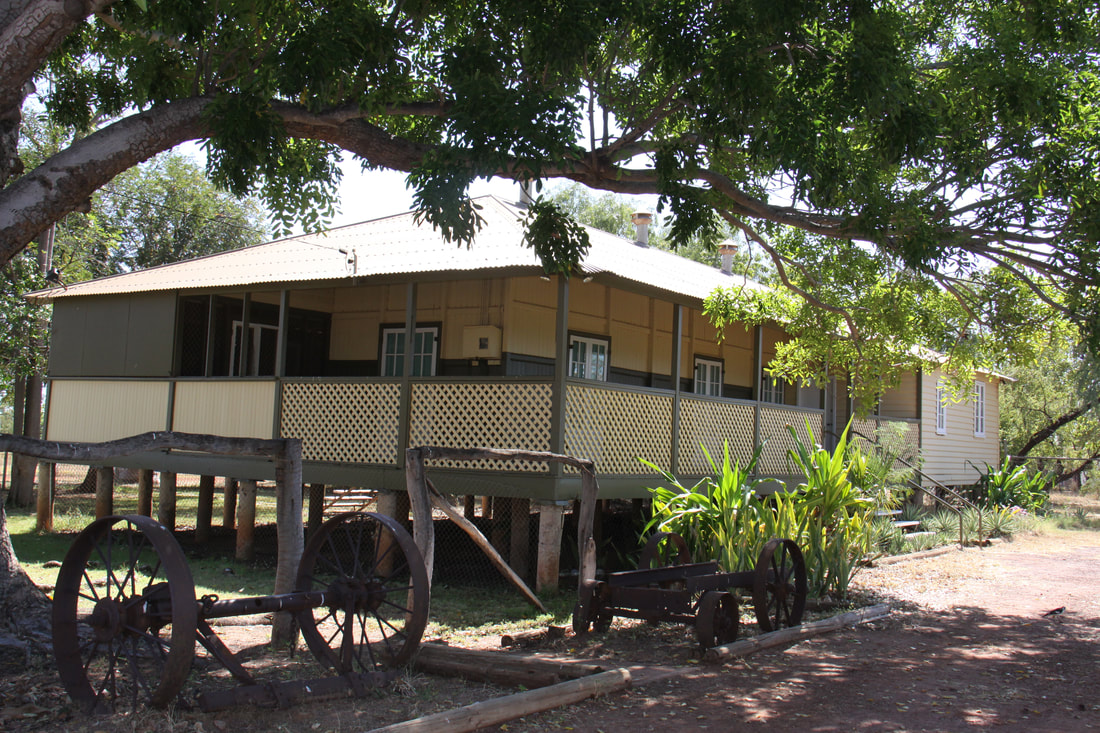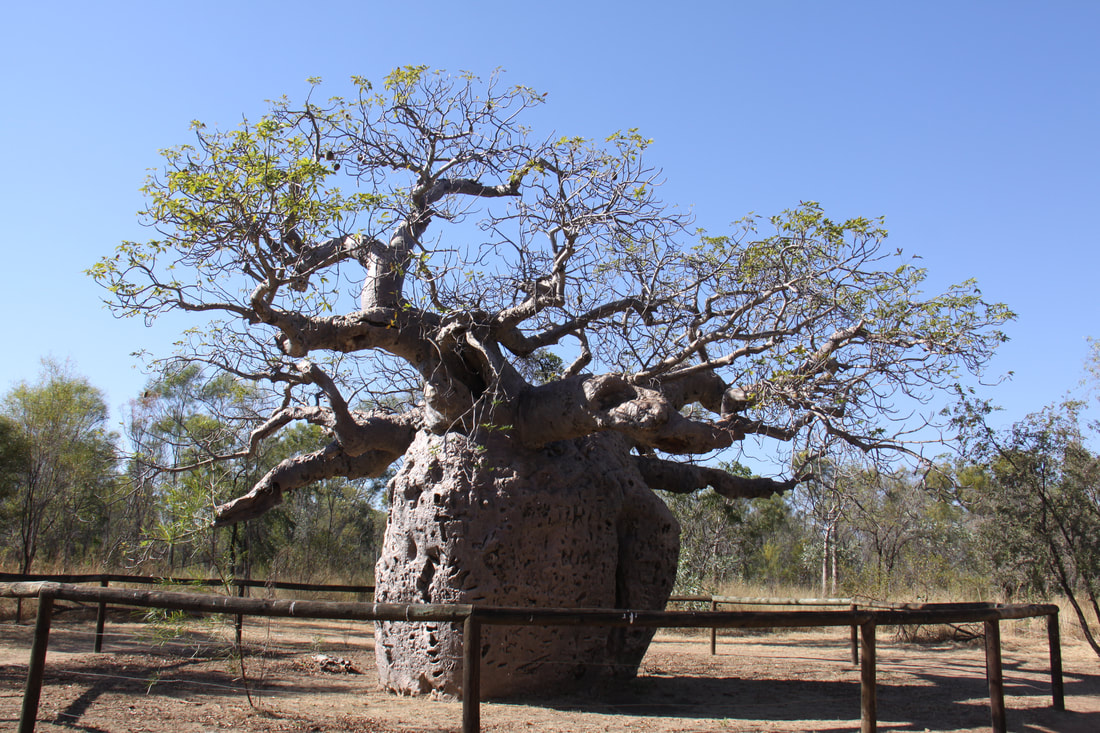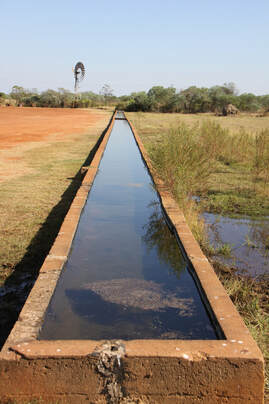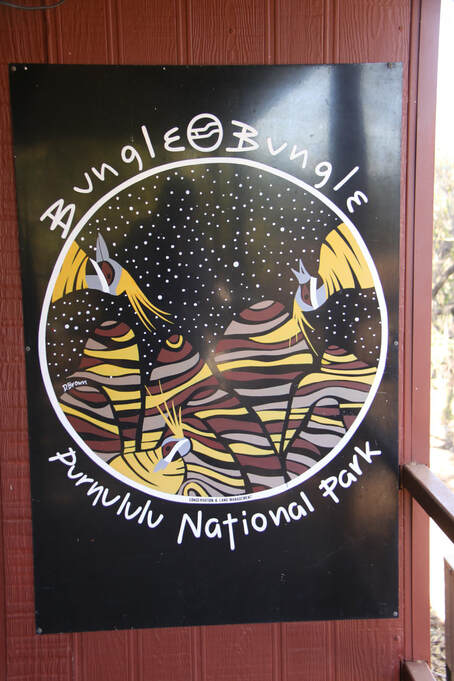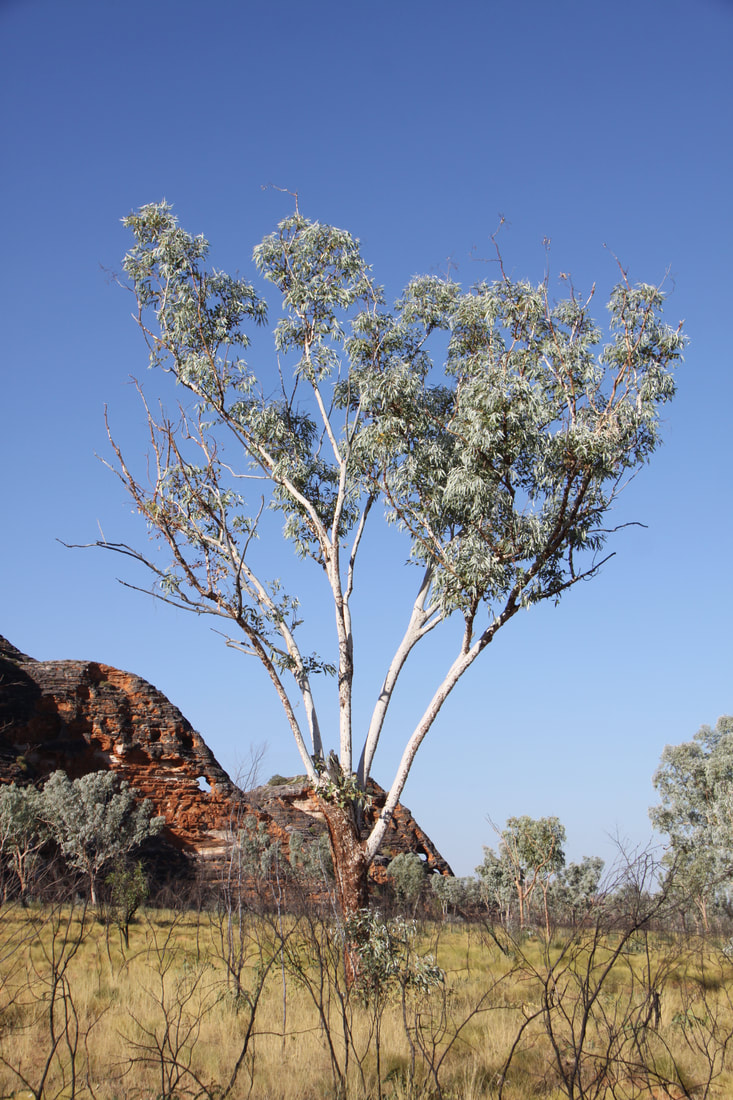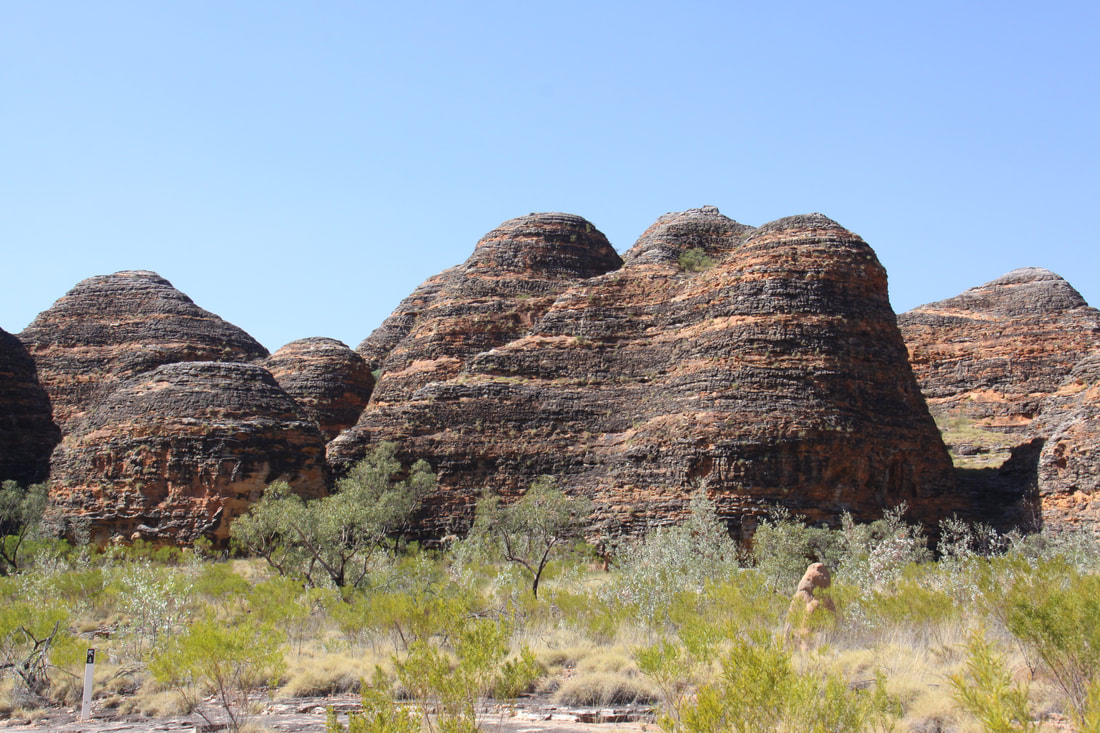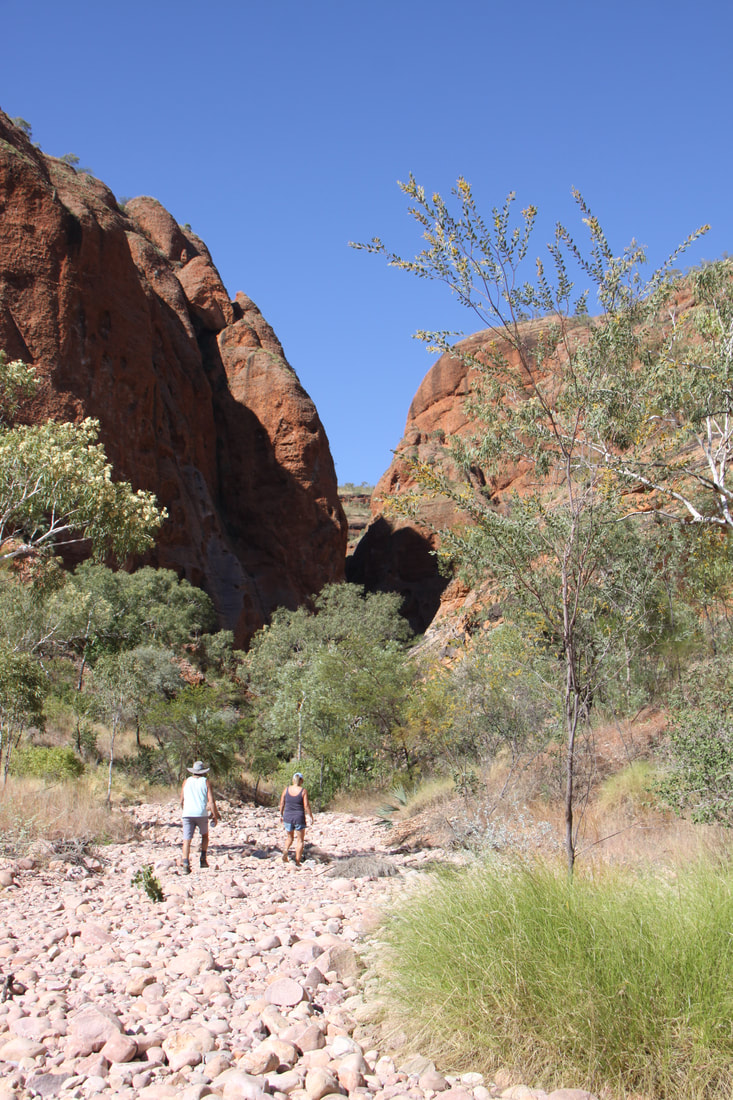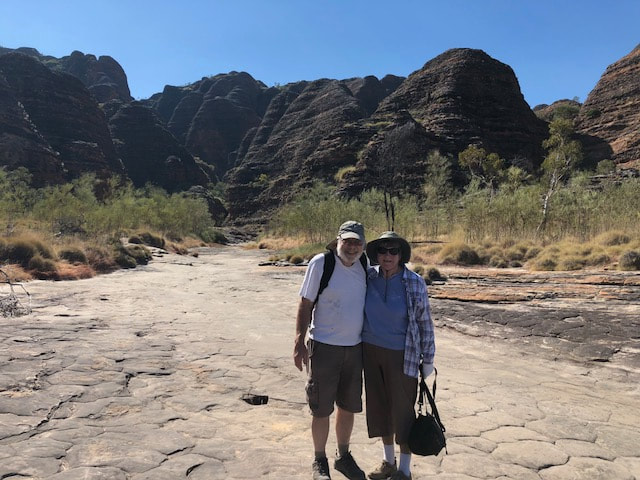Western Australia
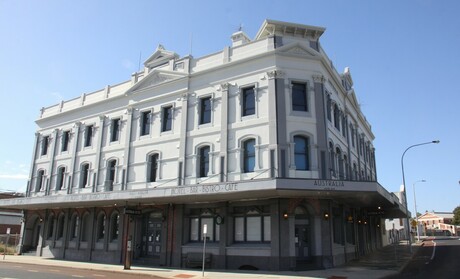
16/17th May
An uneventful 17 hour flight from London Heathrow direct to Perth. We were very glad to have been able to change our seats to those with extra leg room.
On arrival in Perth our pre-ordered taxi took us to the Australia Hotel in Fremantle, a beautiful old hotel built in 1899, retaining many of its original features. Right on the dockside, at one time it was called the First and Last as it was the first pub the sailors drank in on arrival in Australia and the last place before setting sail!
A trip to Fremantle Tourist Office helped us to plan the rest of our time until Nicolle arrives. The ship was late leaving Southampton and then was further held up at Durban due to industrial action.
An uneventful 17 hour flight from London Heathrow direct to Perth. We were very glad to have been able to change our seats to those with extra leg room.
On arrival in Perth our pre-ordered taxi took us to the Australia Hotel in Fremantle, a beautiful old hotel built in 1899, retaining many of its original features. Right on the dockside, at one time it was called the First and Last as it was the first pub the sailors drank in on arrival in Australia and the last place before setting sail!
A trip to Fremantle Tourist Office helped us to plan the rest of our time until Nicolle arrives. The ship was late leaving Southampton and then was further held up at Durban due to industrial action.
Friday 18th May
Using local buses we made our way to the office of the shipping agent. We delivered the Carnet to him and made arrangements regarding collecting Nicolle once the ship arrives.
We spent the afternoon in Fremantle, trying unsuccessfully to access wifi. We also found that John's phone will not work in Australia.
Saturday 19th May
Today we spent exploring historic Fremantle, all within easy walking distance of our hotel. Two free hop on hop off buses run regularly between most areas of the city. Of course we had to experience each route!
Fremantle Prison was built by convicts and first housed prisoners in 1852 and was in use until 1991. It is a most imposing building and has UNESCO protection. We also visited the Round House, Western Australia's oldest building. It opened in 1831 as a jail just eighteen months after the settlement was founded. We also enjoyed wandering through Fremantle Indoor Market.
Using local buses we made our way to the office of the shipping agent. We delivered the Carnet to him and made arrangements regarding collecting Nicolle once the ship arrives.
We spent the afternoon in Fremantle, trying unsuccessfully to access wifi. We also found that John's phone will not work in Australia.
Saturday 19th May
Today we spent exploring historic Fremantle, all within easy walking distance of our hotel. Two free hop on hop off buses run regularly between most areas of the city. Of course we had to experience each route!
Fremantle Prison was built by convicts and first housed prisoners in 1852 and was in use until 1991. It is a most imposing building and has UNESCO protection. We also visited the Round House, Western Australia's oldest building. It opened in 1831 as a jail just eighteen months after the settlement was founded. We also enjoyed wandering through Fremantle Indoor Market.
Sunday 20th May
An early start to catch the fast ferry to Rottnest Island. This beautiful island was named by the Dutch Mariners who visited in the 17th century - they mistook the unique beaver-like marsupials that are indigenous to the island as rats!
Rottnest Island is stunning with numerous golden sandy beaches, turquoise blue water and low limestone cliffs. We used the hop on hop off bus to explore the island. Local volunteer guides led walks at certain points which helped us to understand the unique beauty and rawness of the island which had formally been an Aboriginal penal colony.
An early start to catch the fast ferry to Rottnest Island. This beautiful island was named by the Dutch Mariners who visited in the 17th century - they mistook the unique beaver-like marsupials that are indigenous to the island as rats!
Rottnest Island is stunning with numerous golden sandy beaches, turquoise blue water and low limestone cliffs. We used the hop on hop off bus to explore the island. Local volunteer guides led walks at certain points which helped us to understand the unique beauty and rawness of the island which had formally been an Aboriginal penal colony.
Monday 21st May
First thing this morning we picked up a hire car and set off to spend time exploring the south west corner of Western Australia. It was good to be "on the road" even if it wasn't in our own Nicolle who is still at sea.
Our route south on wide, well maintained roads took us past a number of towns all with the Indian Ocean as their backdrop. Having shopped in Woolworth's, an excellent grocery store, we stopped for a picnic lunch in a beautiful spot overlooking the Peel inlet.
Our motel for the night was in Busselton whose jetty we will explore in the morning.
Tuesday 22nd May
After a very pleasant stay in a lovely motel room we drove a short distance to Busselton's famous 1.841m long wooden jetty, the longest jetty in the Southern Hemisphere. We opted to walk to the end rather than take the train which plies its length - a lovely walk which we both enjoyed.
From Busselton we headed south, taking the coastal road towards Margaret River, stopping on route at the beautifully situated Gracetown overlooking Cowaramup Bay. From here we made a short walk out to South Point and its stunning coastal views. Overnighted at Margaret River Lodge.
First thing this morning we picked up a hire car and set off to spend time exploring the south west corner of Western Australia. It was good to be "on the road" even if it wasn't in our own Nicolle who is still at sea.
Our route south on wide, well maintained roads took us past a number of towns all with the Indian Ocean as their backdrop. Having shopped in Woolworth's, an excellent grocery store, we stopped for a picnic lunch in a beautiful spot overlooking the Peel inlet.
Our motel for the night was in Busselton whose jetty we will explore in the morning.
Tuesday 22nd May
After a very pleasant stay in a lovely motel room we drove a short distance to Busselton's famous 1.841m long wooden jetty, the longest jetty in the Southern Hemisphere. We opted to walk to the end rather than take the train which plies its length - a lovely walk which we both enjoyed.
From Busselton we headed south, taking the coastal road towards Margaret River, stopping on route at the beautifully situated Gracetown overlooking Cowaramup Bay. From here we made a short walk out to South Point and its stunning coastal views. Overnighted at Margaret River Lodge.
Wednesday 23rd May
Soon after leaving Margaret River we joined the scenic drive route through the Leeuwin Naturaliste National Park. This is a forested area bordering the coast. Many of the trees are Karri which grow exceptionally tall. We made a detour to Hamelin Bay, a picturesque spot and took the path out to the headland which separates Hamelin Bay from Foul Bay. Remains are still visible of an old wooden jetty that used to be the departure point for ships carrying Karri trees back to Europe.
Cape Leeuwin is Australia's south western point and as such is the meeting point of the Indian and Southern Oceans - we followed an interesting audio guide tour around the lighthouse and keepers' cottages.
Stayed tonight at Baywatch Manor, a very pleasant hostel located in the small town of Augusta.
Soon after leaving Margaret River we joined the scenic drive route through the Leeuwin Naturaliste National Park. This is a forested area bordering the coast. Many of the trees are Karri which grow exceptionally tall. We made a detour to Hamelin Bay, a picturesque spot and took the path out to the headland which separates Hamelin Bay from Foul Bay. Remains are still visible of an old wooden jetty that used to be the departure point for ships carrying Karri trees back to Europe.
Cape Leeuwin is Australia's south western point and as such is the meeting point of the Indian and Southern Oceans - we followed an interesting audio guide tour around the lighthouse and keepers' cottages.
Stayed tonight at Baywatch Manor, a very pleasant hostel located in the small town of Augusta.
Thursday 24th May
Today we had a long drive ahead, plus an uncertain storm with high winds and heavy rain was forecast, so an early start was needed. The majority of the route today was through beautiful national parks of lush forests.
At Pemberton we visited the Gloucester Tree, a 60 metre high Karri tree, at the top of which is a fire-lookout. This is reached by climbing up a spiral of horizontal stakes that have been hammered into the tree trunk - terrifying but we at least climbed up a few rungs!
From Pemberton we passed through more national parks, all forested, until we reached the small town of Walpole. From here it was a short drive to the Valley of the Giants where there is the Tree Top Walk, a 600m walkway. This took us some 40 metres up above the tingle trees. We would not have attempted this tree top suspended walkway if it had been windy! The second part of the experience was the Ancient Empire Walkway. This was at ground level!
Overnight today was at the very friendly and comfortable youth hostel in Walpole.
Today we had a long drive ahead, plus an uncertain storm with high winds and heavy rain was forecast, so an early start was needed. The majority of the route today was through beautiful national parks of lush forests.
At Pemberton we visited the Gloucester Tree, a 60 metre high Karri tree, at the top of which is a fire-lookout. This is reached by climbing up a spiral of horizontal stakes that have been hammered into the tree trunk - terrifying but we at least climbed up a few rungs!
From Pemberton we passed through more national parks, all forested, until we reached the small town of Walpole. From here it was a short drive to the Valley of the Giants where there is the Tree Top Walk, a 600m walkway. This took us some 40 metres up above the tingle trees. We would not have attempted this tree top suspended walkway if it had been windy! The second part of the experience was the Ancient Empire Walkway. This was at ground level!
Overnight today was at the very friendly and comfortable youth hostel in Walpole.

Friday 25th May
Last night a storm front passed through bringing high winds and heavy rain. Unfortunately the rain was not sufficient to put out the bush fires that were raging between where we were and our destination- Albany - for the night.
En route we stopped to view the Elephant Rocks and bay - a tranquil spot with a beautiful beach.
We made a short provision stop in the pleasant small town of Denmark before taking the detour inland as the main coast road was closed due to the fires.
Albany is a large, busy town with a number of historical buildings. Our night's halt in fact was originally built as a hotel in the early 1800s.
Saturday 26th May
We were both tired this morning due to a very stormy night - high winds and heavy rain again. Today was our last day before returning to Fremantle and hopefully collecting Nicolle early next week. This morning we followed part of Albany's Heritage Trail. Our first visit was to the Old Convict Gaol built in 1852. The building was originally a convict hiring depot. These men had earned their Ticket-of-Leave and were hired to work by the free settlers. A comprehensive tour through the various areas of the gaol left us with a real understanding of the life of its inhabitants.
A short walk from the gaol were a number of other preserved buildings from the early days of the settlement - the Governor's Residence, a fisherman's cottage, a general store and a one room school. Moored close by was a replica of the brig Amity. The original brig carried the first settlers to Albany in 1826.
One of the earliest buildings in the settlement was Patrick Taylor's cottage dating back to 1832. Inside were displayed a large range of photos and artefacts dating back to the early days of the settlement.
Our afternoon was spent at the National Anzac Centre. On entry you are "given" the identity of someone who fought in the Great War of 1914 - 1918. By the use of highly interactive technology you learned about your character's war and listened to the stories told by those who fought (and died) in the many campaigns. There was an over-whelming amount of material to see, to watch and to read. The centre overlooks the actual location from which the ANZAC troops, men and women, left Australia bound for war. Overnight again in Albany.
Last night a storm front passed through bringing high winds and heavy rain. Unfortunately the rain was not sufficient to put out the bush fires that were raging between where we were and our destination- Albany - for the night.
En route we stopped to view the Elephant Rocks and bay - a tranquil spot with a beautiful beach.
We made a short provision stop in the pleasant small town of Denmark before taking the detour inland as the main coast road was closed due to the fires.
Albany is a large, busy town with a number of historical buildings. Our night's halt in fact was originally built as a hotel in the early 1800s.
Saturday 26th May
We were both tired this morning due to a very stormy night - high winds and heavy rain again. Today was our last day before returning to Fremantle and hopefully collecting Nicolle early next week. This morning we followed part of Albany's Heritage Trail. Our first visit was to the Old Convict Gaol built in 1852. The building was originally a convict hiring depot. These men had earned their Ticket-of-Leave and were hired to work by the free settlers. A comprehensive tour through the various areas of the gaol left us with a real understanding of the life of its inhabitants.
A short walk from the gaol were a number of other preserved buildings from the early days of the settlement - the Governor's Residence, a fisherman's cottage, a general store and a one room school. Moored close by was a replica of the brig Amity. The original brig carried the first settlers to Albany in 1826.
One of the earliest buildings in the settlement was Patrick Taylor's cottage dating back to 1832. Inside were displayed a large range of photos and artefacts dating back to the early days of the settlement.
Our afternoon was spent at the National Anzac Centre. On entry you are "given" the identity of someone who fought in the Great War of 1914 - 1918. By the use of highly interactive technology you learned about your character's war and listened to the stories told by those who fought (and died) in the many campaigns. There was an over-whelming amount of material to see, to watch and to read. The centre overlooks the actual location from which the ANZAC troops, men and women, left Australia bound for war. Overnight again in Albany.

Sunday 27th May
Up early in readiness for a 400km drive back to Fremantle. Delicious pancakes for breakfast sustained us for the long journey. Australian roads in this part of the country are well surfaced and wide. Parking areas are at regular intervals but settlements were scarce. For most of the journey we passed through woodland with the odd isolated sheep farm.
On reaching Fremantle we were delighted to see that the ship with Nicolle on board was finally in deck. Hopefully now it will be all systems go and our trip can finally start.
In preparation for returning the hire car in the morning, we went to a car wash before returning to the Australia Hotel
Monday 28th May
A frustrating day. We delivered Iggy (our rental car - registration number 1GHY 127) back to the Europcar depot. All was in order. We then walked back into Fremantle to buy food for the day, buy John a phone that will work in Australia and finally find a wifi point that worked.
The first task was easy but then the trail round the phone shops began. Telstra showed us several phones that might suit, not too expensive but would also work back home, but suggested we buy one in the Post Office, Woolworth's or Coles as they would be cheaper. Phones were same price in the PO, there is no Woolworth's in Fremantle and Coles didn't have any! Back to Telstra. They checked in their stores and none of the phones we wanted were in stock! Back to the Post Office, bought a phone and went back to Telstra to have the SIM card fitted.
At last we could contact Ryan, the shipping agent, without having the call routed through England. We were told that the ship could not be unloaded until tomorrow as there was no room on the docks! We can see the ship from our hotel, we can also see the docks and there is loads of space. At least Ryan had been on board to check all was well with Nicolle. It was, so now we can only hope that she passes quarantine on Wednesday morning. If all is well we will be allowed to drive to the Vehicle Inspection Centre, but there is no available slot there until next Tuesday!
Our final frustration of the day was that we were still unable to access wifi in Fremantle so ended up taking a bus to a McDonald's in the suburbs of the city. Success at last.
Up early in readiness for a 400km drive back to Fremantle. Delicious pancakes for breakfast sustained us for the long journey. Australian roads in this part of the country are well surfaced and wide. Parking areas are at regular intervals but settlements were scarce. For most of the journey we passed through woodland with the odd isolated sheep farm.
On reaching Fremantle we were delighted to see that the ship with Nicolle on board was finally in deck. Hopefully now it will be all systems go and our trip can finally start.
In preparation for returning the hire car in the morning, we went to a car wash before returning to the Australia Hotel
Monday 28th May
A frustrating day. We delivered Iggy (our rental car - registration number 1GHY 127) back to the Europcar depot. All was in order. We then walked back into Fremantle to buy food for the day, buy John a phone that will work in Australia and finally find a wifi point that worked.
The first task was easy but then the trail round the phone shops began. Telstra showed us several phones that might suit, not too expensive but would also work back home, but suggested we buy one in the Post Office, Woolworth's or Coles as they would be cheaper. Phones were same price in the PO, there is no Woolworth's in Fremantle and Coles didn't have any! Back to Telstra. They checked in their stores and none of the phones we wanted were in stock! Back to the Post Office, bought a phone and went back to Telstra to have the SIM card fitted.
At last we could contact Ryan, the shipping agent, without having the call routed through England. We were told that the ship could not be unloaded until tomorrow as there was no room on the docks! We can see the ship from our hotel, we can also see the docks and there is loads of space. At least Ryan had been on board to check all was well with Nicolle. It was, so now we can only hope that she passes quarantine on Wednesday morning. If all is well we will be allowed to drive to the Vehicle Inspection Centre, but there is no available slot there until next Tuesday!
Our final frustration of the day was that we were still unable to access wifi in Fremantle so ended up taking a bus to a McDonald's in the suburbs of the city. Success at last.
Tuesday 29th May
After a lazy start to the day we walked into the centre of Fremantle and purchased food for the day. We then took the free CAT bus to the South Beach area from where we walked, following the coast, to the Fishing Boat Harbour. Moored here is a replica of the Dutch ship "Duyfken". This small ship arrived in 1606 and as such it was the first known European ship to reach the coast of Australia.
Our afternoon was spent relaxing by the pretty Bather's Beach. This area had been the site of the original settlement of Fremantle.
After a lazy start to the day we walked into the centre of Fremantle and purchased food for the day. We then took the free CAT bus to the South Beach area from where we walked, following the coast, to the Fishing Boat Harbour. Moored here is a replica of the Dutch ship "Duyfken". This small ship arrived in 1606 and as such it was the first known European ship to reach the coast of Australia.
Our afternoon was spent relaxing by the pretty Bather's Beach. This area had been the site of the original settlement of Fremantle.
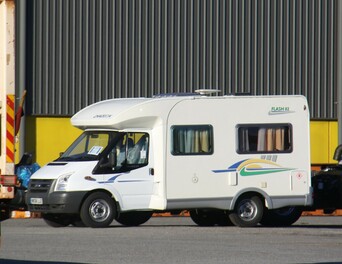
Wednesday 30th May
Up early this morning as Nicolle has her Quarantine Inspection at 7.30. She passed!! We were even complimented on how clean she was. All John's painstaking work with cleaning definitely paid off.
We spent the rest of the day sorting out gas, bought a new cylinder and a gas connector, and shopping for motorhome equipment that we had not been able to bring with us. Later in the afternoon, Ryan phoned us to tell us that he had managed to get us a road worthiness inspection tomorrow morning at 8.30. We will soon be on our way.
Overnight at Fremantle Village Caravan Park.
Up early this morning as Nicolle has her Quarantine Inspection at 7.30. She passed!! We were even complimented on how clean she was. All John's painstaking work with cleaning definitely paid off.
We spent the rest of the day sorting out gas, bought a new cylinder and a gas connector, and shopping for motorhome equipment that we had not been able to bring with us. Later in the afternoon, Ryan phoned us to tell us that he had managed to get us a road worthiness inspection tomorrow morning at 8.30. We will soon be on our way.
Overnight at Fremantle Village Caravan Park.
Thursday 31st May
Our first visit of the day was to the approved inspection station where Nicolle was checked over to make sure she was roadworthy for Australian roads.
The mechanic agreed that she was roadworthy but unfortunately he needed an engine number for his forms. For some strange reason, the engine number is stamped on the back of the engine, up against the bulkhead and it cannot be accessed without removing the engine and gearbox - on our DVLA V5 it is listed as UNKNOWN and for ten years it has been entered on numerous occasions and on numerous forms as UNKNOWN. The "computer said no" and we were refused a road worthiness certificate!
After a considerable length of time and many phone calls it was agreed that our engine number was "0000....." and we were given our Roadworthiness Certificate. Next stop was the Western Australia Department of Transport to register the vehicle and purchase the compulsory third party insurance, required even though we already have fully comprehensive insurance for the whole of Australia.
At long last we can now set off on our adventure.
Friday 1st June
The real start of our trip around Australia. After stopping to purchase a few food items, we headed north out of Fremantle, across the Swan River and into the extensive suburbs of Perth. Eventually we drove out of the urban area and with the Indian Ocean to one side and rolling rather arid land on the other, we made steady progress north.
By lunchtime we had reached Nambung National Park with its famous Pinnacles. Here, up to 3 metre high limestone columns dot the landscape. These columns were originally formed underground. When the sand that covered them was blown away, an eerie landscape was exposed. We followed a 1.5km trail through the highest of these "Terracotta Army" like pillars.
A few miles further north was Lake Thetis. Here Stroatolites and Thombolites survive at the lake edge. These ancient micro-organisms can be seen clearly from the lake trail.
Overnight at Tuarts Reserve - a dedicated no frills designated camping halt.
Our first visit of the day was to the approved inspection station where Nicolle was checked over to make sure she was roadworthy for Australian roads.
The mechanic agreed that she was roadworthy but unfortunately he needed an engine number for his forms. For some strange reason, the engine number is stamped on the back of the engine, up against the bulkhead and it cannot be accessed without removing the engine and gearbox - on our DVLA V5 it is listed as UNKNOWN and for ten years it has been entered on numerous occasions and on numerous forms as UNKNOWN. The "computer said no" and we were refused a road worthiness certificate!
After a considerable length of time and many phone calls it was agreed that our engine number was "0000....." and we were given our Roadworthiness Certificate. Next stop was the Western Australia Department of Transport to register the vehicle and purchase the compulsory third party insurance, required even though we already have fully comprehensive insurance for the whole of Australia.
At long last we can now set off on our adventure.
Friday 1st June
The real start of our trip around Australia. After stopping to purchase a few food items, we headed north out of Fremantle, across the Swan River and into the extensive suburbs of Perth. Eventually we drove out of the urban area and with the Indian Ocean to one side and rolling rather arid land on the other, we made steady progress north.
By lunchtime we had reached Nambung National Park with its famous Pinnacles. Here, up to 3 metre high limestone columns dot the landscape. These columns were originally formed underground. When the sand that covered them was blown away, an eerie landscape was exposed. We followed a 1.5km trail through the highest of these "Terracotta Army" like pillars.
A few miles further north was Lake Thetis. Here Stroatolites and Thombolites survive at the lake edge. These ancient micro-organisms can be seen clearly from the lake trail.
Overnight at Tuarts Reserve - a dedicated no frills designated camping halt.
Saturday 2nd June
Today we continued our long drive north, following the shoreline but not often seeing the sea. We made two brief stops - one to stock up with provisions necessary because the further north you go, the more expensive items become, secondly to purchase fuel, surprisingly cheaper than in Fremantle.
By lunchtime we had reached Greenough where the Australian National Trust has preserved much of the former pioneer settlement of Central Greenough. A number of the buildings were furnished and a comprehensive leaflet explained their former use. As we are English National Trust members we had free entry.
The area around Greenough is well known for its leaning trees. The prevailing southerly winds have caused the trees to grow horizontally rather than vertically!
Our overnight halt for today was at Geraldton where there is a designated parking area for campers.
Today we continued our long drive north, following the shoreline but not often seeing the sea. We made two brief stops - one to stock up with provisions necessary because the further north you go, the more expensive items become, secondly to purchase fuel, surprisingly cheaper than in Fremantle.
By lunchtime we had reached Greenough where the Australian National Trust has preserved much of the former pioneer settlement of Central Greenough. A number of the buildings were furnished and a comprehensive leaflet explained their former use. As we are English National Trust members we had free entry.
The area around Greenough is well known for its leaning trees. The prevailing southerly winds have caused the trees to grow horizontally rather than vertically!
Our overnight halt for today was at Geraldton where there is a designated parking area for campers.

Sunday 3rd June
We are gradually adjusting our sleeping hours so that we can be on the road early as daylight is around 7am with dusk at 5.30pm. Driving in darkness is not an option due to wildlife. Kangaroos are big and dangerous.
Roads are well surfaced with regular pull ins, many of which have toilets, shade and motorhome dump stations. Roadhouses provide fuel, a cafe, sometimes a general store and often a campsite. At some you can get a mobile signal, but we've yet to find wifi.
Today we drove north through typical semi-arid bush country with bright red soil, stopping at a designated 24 hr. rest area just north of Carnarvon, for the night.
Monday 4th June
Another long day's drive with the landscape becoming more and more arid the further north we went. We stopped for a photo call at the Tropic of Capricorn so we are now in the tropics. The last time we had crossed this same line of latitude was in Namibia some four years ago.
We topped up the fuel tank at regular intervals as filling stations are often a hundred or more mile s apart.
We drove further than we had planned before stopping for the night. Our proposed 24 hr. designated overnight halt was marked on our map but in reality didn't exist. So one hour later, with dusk falling fast we made it to the Whim Creek Hotel where you can park for the night.
We are gradually adjusting our sleeping hours so that we can be on the road early as daylight is around 7am with dusk at 5.30pm. Driving in darkness is not an option due to wildlife. Kangaroos are big and dangerous.
Roads are well surfaced with regular pull ins, many of which have toilets, shade and motorhome dump stations. Roadhouses provide fuel, a cafe, sometimes a general store and often a campsite. At some you can get a mobile signal, but we've yet to find wifi.
Today we drove north through typical semi-arid bush country with bright red soil, stopping at a designated 24 hr. rest area just north of Carnarvon, for the night.
Monday 4th June
Another long day's drive with the landscape becoming more and more arid the further north we went. We stopped for a photo call at the Tropic of Capricorn so we are now in the tropics. The last time we had crossed this same line of latitude was in Namibia some four years ago.
We topped up the fuel tank at regular intervals as filling stations are often a hundred or more mile s apart.
We drove further than we had planned before stopping for the night. Our proposed 24 hr. designated overnight halt was marked on our map but in reality didn't exist. So one hour later, with dusk falling fast we made it to the Whim Creek Hotel where you can park for the night.

Tuesday 5th June
After yesterday's long, long drive, we planned a much less arduous day. The further north we got the further there is between overnight halts so planning is of the essence. Weather wise it is definitely hotting up so whenever we stop, we look for shade but this too is difficult as the vegetation is so sparse.
We visited Port Hedland today, definitely a town of two halves, old and new. The old, original town was partly destroyed during WW2 so isn't really that old. The "new" town, some 15km inland from the "old" was more the commercial centre. We stocked up on food and water, as well as emptying Nicolle's tanks and accessing McDonald's wifi.
Overnight on a 24hr parking area at Pear Creek.
Wednesday 6th June
Still heading north with distances between fuel stations often 200 miles apart. As the traffic is light with few road trains, it is easy to cover a large distance in a day. In this area there are no settlements and few cattle stations and the scenery is arid - desert with low bushes.
We stopped for fuel at Sandfire Roadhouse. It's restaurant had a huge collection of hats hanging from the ceiling and the walls were adorned with road signs! It was a dusty, rundown place with few other amenities although a number of peacocks were roaming around this outpost on the edge of the Great Sandy Desert.
Overnight at Nillaibubbica 24 hr parking area.
After yesterday's long, long drive, we planned a much less arduous day. The further north we got the further there is between overnight halts so planning is of the essence. Weather wise it is definitely hotting up so whenever we stop, we look for shade but this too is difficult as the vegetation is so sparse.
We visited Port Hedland today, definitely a town of two halves, old and new. The old, original town was partly destroyed during WW2 so isn't really that old. The "new" town, some 15km inland from the "old" was more the commercial centre. We stocked up on food and water, as well as emptying Nicolle's tanks and accessing McDonald's wifi.
Overnight on a 24hr parking area at Pear Creek.
Wednesday 6th June
Still heading north with distances between fuel stations often 200 miles apart. As the traffic is light with few road trains, it is easy to cover a large distance in a day. In this area there are no settlements and few cattle stations and the scenery is arid - desert with low bushes.
We stopped for fuel at Sandfire Roadhouse. It's restaurant had a huge collection of hats hanging from the ceiling and the walls were adorned with road signs! It was a dusty, rundown place with few other amenities although a number of peacocks were roaming around this outpost on the edge of the Great Sandy Desert.
Overnight at Nillaibubbica 24 hr parking area.
Thursday 7th June
A short drive this morning brought us to the small coastal settlement of Derby whose population is almost 50% aboriginal. It serves as a service town for a wide area. As we approached the sea the vegetation got much lusher with large trees and some wide rivers, two of which were crossed by long single carriageway bridges. We also started to see a lot of the boab trees for which the area is famous. The boab tree is not indigenous in Australia and it is thought that the seeds had floated across the ocean from Africa. There were a lot of cattle stations along the road and quite a few cows were loose along the side of the road.
The Main Street is lined with the comical boab trees. Within the town one of the main attractions is the Wharfinger's House, an example of a prefabricated wooden house dating back to the late 1920s. The old Derby gaol remains and serves as a stark reminder as to how poorly the local aborigines were treated by the white settlers.
A short drive this morning brought us to the small coastal settlement of Derby whose population is almost 50% aboriginal. It serves as a service town for a wide area. As we approached the sea the vegetation got much lusher with large trees and some wide rivers, two of which were crossed by long single carriageway bridges. We also started to see a lot of the boab trees for which the area is famous. The boab tree is not indigenous in Australia and it is thought that the seeds had floated across the ocean from Africa. There were a lot of cattle stations along the road and quite a few cows were loose along the side of the road.
The Main Street is lined with the comical boab trees. Within the town one of the main attractions is the Wharfinger's House, an example of a prefabricated wooden house dating back to the late 1920s. The old Derby gaol remains and serves as a stark reminder as to how poorly the local aborigines were treated by the white settlers.
Some 7 km south of the town is the Baob Prison Tree. This massive tree is believed to be about 1500 years old. In the early days of the settlement it was used as a staging post for prisoners being walked to Derby. Near by is the original water bore and a 120 meter long cattle trough which could handle 500 bullocks at a time. The cattle were also en route to Derby to be shipped overseas after a long drove from inland cattle stations.
Overnight at Ellendale rest area
Overnight at Ellendale rest area
Friday 8th June
Today we continued our journey north along Route 1, the only sealed road in this part of Western Australia. The scenery was varied - rolling grassy plains, red Devonian Sand rocky outcrops and wide vistas across the emptiness. We passed one cattle station where the cattle were corralled- a helicopter was being used to round up the strays.
We stopped at Fitzroy Crossing for fuel and provisions. The Fitzroy River, when in full flood, covers a 40km wide flood plain. Originally the only way across the river was a concrete crossing - now there is a single track bridge.
Our second stop was for fuel at Hall's Creek. In this area you fill up whenever you get a chance. The scenery is now much more interesting, with low hills and rocky outcrops, now that we are in the Kimberley's.
Overnight at Leycester's rest area - it was dark by 5.15pm!
Today we continued our journey north along Route 1, the only sealed road in this part of Western Australia. The scenery was varied - rolling grassy plains, red Devonian Sand rocky outcrops and wide vistas across the emptiness. We passed one cattle station where the cattle were corralled- a helicopter was being used to round up the strays.
We stopped at Fitzroy Crossing for fuel and provisions. The Fitzroy River, when in full flood, covers a 40km wide flood plain. Originally the only way across the river was a concrete crossing - now there is a single track bridge.
Our second stop was for fuel at Hall's Creek. In this area you fill up whenever you get a chance. The scenery is now much more interesting, with low hills and rocky outcrops, now that we are in the Kimberley's.
Overnight at Leycester's rest area - it was dark by 5.15pm!
Saturday 9th June
A very short drive today, all of 7km, one of which was on very rough, corrugated dirt- very slow going! On the off chance of being able to book a 4WD tour to see the Bungle Bungles, a UNESCO world heritage site, we pulled into the Bungle Bungle Bush Camp on Mable Down Station. We were in luck as there were still seats left for tomorrow's tour.
We booked on to the campsite for the next two nights and spent the rest of the day doing the laundry and relaxing in the shade as it was over 50 deg C in the full sun.
Sunday 10th June
An early start as our Bungle Bungle Tour was leaving at 6.30am.
For the first two hours we were driving along the 53km long and very rough, rutted track through the Mable Down Station and into Purnululu National Park. Despite being very bumpy it was a beautiful drive through stunning scenery.
After a short stop at the park's Visitor Centre we drove further into the park before stopping for breakfast - a drink and a delicious muffin- at a shady picnic area.
The Bungle Bungles are part of the Kimberley Range. They are in such a remote area that weren't discovered until 1982 when the helicopter leased by a film crew flew over them. The local indigenous people were asked what they were called and the aborigines replied "Bungle Bungles". The Bungle Bungles were in fact the spherical spiky grass clumps growing all over the ground! The natives had misunderstood the question but the name stuck.
Originally on the seabed and formed of sandstone and conglomerates, the sand around them had eroded over the millennia leaving beehive shaped domes made up of horizontal layers of orange and grey bands. The resulting shapes are amazing.
After breakfast we set off on our first walk. We followed a very stony dry river bed into Echnide Chasm which in places was extremely narrow and also climbed up to Osmond's Lookout. These two walks were only two and a quarter miles long but we're very challenging because of the rough terrain.
We drove a further 50km taking us from the northern to the southern end of the park. Here, after a tasty salad lunch, we walked the track to Cathedral Gorge. Here a huge, water-filled amphitheatre left us with a true send of awe of the power of nature. There were two further walks from this point and the younger, fitter members of the tour group tackled all three but it was enough for John and I, especially as the temperature was now in the mid 40's and there was no shade out in the open. We relaxed under the canvas awning in the rest area and chatted to the other "oldies".
On the way back to the campsite we made a quick stop to view the distinctive, aptly named, Elephant Rock. We arrived back at the campsite after dark and with both of us totally exhausted!
But the day still had more to delight - a delicious roast dinner and dessert prepared by two young French chefs. A wonderful end to a perfect day.
A very short drive today, all of 7km, one of which was on very rough, corrugated dirt- very slow going! On the off chance of being able to book a 4WD tour to see the Bungle Bungles, a UNESCO world heritage site, we pulled into the Bungle Bungle Bush Camp on Mable Down Station. We were in luck as there were still seats left for tomorrow's tour.
We booked on to the campsite for the next two nights and spent the rest of the day doing the laundry and relaxing in the shade as it was over 50 deg C in the full sun.
Sunday 10th June
An early start as our Bungle Bungle Tour was leaving at 6.30am.
For the first two hours we were driving along the 53km long and very rough, rutted track through the Mable Down Station and into Purnululu National Park. Despite being very bumpy it was a beautiful drive through stunning scenery.
After a short stop at the park's Visitor Centre we drove further into the park before stopping for breakfast - a drink and a delicious muffin- at a shady picnic area.
The Bungle Bungles are part of the Kimberley Range. They are in such a remote area that weren't discovered until 1982 when the helicopter leased by a film crew flew over them. The local indigenous people were asked what they were called and the aborigines replied "Bungle Bungles". The Bungle Bungles were in fact the spherical spiky grass clumps growing all over the ground! The natives had misunderstood the question but the name stuck.
Originally on the seabed and formed of sandstone and conglomerates, the sand around them had eroded over the millennia leaving beehive shaped domes made up of horizontal layers of orange and grey bands. The resulting shapes are amazing.
After breakfast we set off on our first walk. We followed a very stony dry river bed into Echnide Chasm which in places was extremely narrow and also climbed up to Osmond's Lookout. These two walks were only two and a quarter miles long but we're very challenging because of the rough terrain.
We drove a further 50km taking us from the northern to the southern end of the park. Here, after a tasty salad lunch, we walked the track to Cathedral Gorge. Here a huge, water-filled amphitheatre left us with a true send of awe of the power of nature. There were two further walks from this point and the younger, fitter members of the tour group tackled all three but it was enough for John and I, especially as the temperature was now in the mid 40's and there was no shade out in the open. We relaxed under the canvas awning in the rest area and chatted to the other "oldies".
On the way back to the campsite we made a quick stop to view the distinctive, aptly named, Elephant Rock. We arrived back at the campsite after dark and with both of us totally exhausted!
But the day still had more to delight - a delicious roast dinner and dessert prepared by two young French chefs. A wonderful end to a perfect day.

Monday 11th June
A slower start to the day. Woke at 6.30 and had coffee in bed!
We stopped at Turkey Creek to buy food and drove a short distance to the 24hour rest area at Cockburn, arriving at lunchtime. The rest of the day we relaxed. In total we had only driven 135km today.
Tuesday 12th June
Woke at 5.30. Just starting to get light. It's pleasant at this time of day as the temperature is around 25 deg C. By 6.30 it was well over 30!
We drove a short distance to Kununurra where we shopped for food for today. Nicolle's fridge is struggling in the heat so we are buying on a day to day basis. We also accessed wifi but the connection was not good enough to cope with uploading the blog. We were, however, able to send and receive email and Instagram messages.
Today we would leave Western Australia and enter Northern Territory. We were told there were quarantine restrictions on fresh fruit and vegetables so had not bought any. However, as it turned out we were not stopped at the border.
After crossing into Northern Territory we drove a short distance to Bulla Rest Area which made a pleasant overnight halt. Sunset was spectacular.
A slower start to the day. Woke at 6.30 and had coffee in bed!
We stopped at Turkey Creek to buy food and drove a short distance to the 24hour rest area at Cockburn, arriving at lunchtime. The rest of the day we relaxed. In total we had only driven 135km today.
Tuesday 12th June
Woke at 5.30. Just starting to get light. It's pleasant at this time of day as the temperature is around 25 deg C. By 6.30 it was well over 30!
We drove a short distance to Kununurra where we shopped for food for today. Nicolle's fridge is struggling in the heat so we are buying on a day to day basis. We also accessed wifi but the connection was not good enough to cope with uploading the blog. We were, however, able to send and receive email and Instagram messages.
Today we would leave Western Australia and enter Northern Territory. We were told there were quarantine restrictions on fresh fruit and vegetables so had not bought any. However, as it turned out we were not stopped at the border.
After crossing into Northern Territory we drove a short distance to Bulla Rest Area which made a pleasant overnight halt. Sunset was spectacular.

